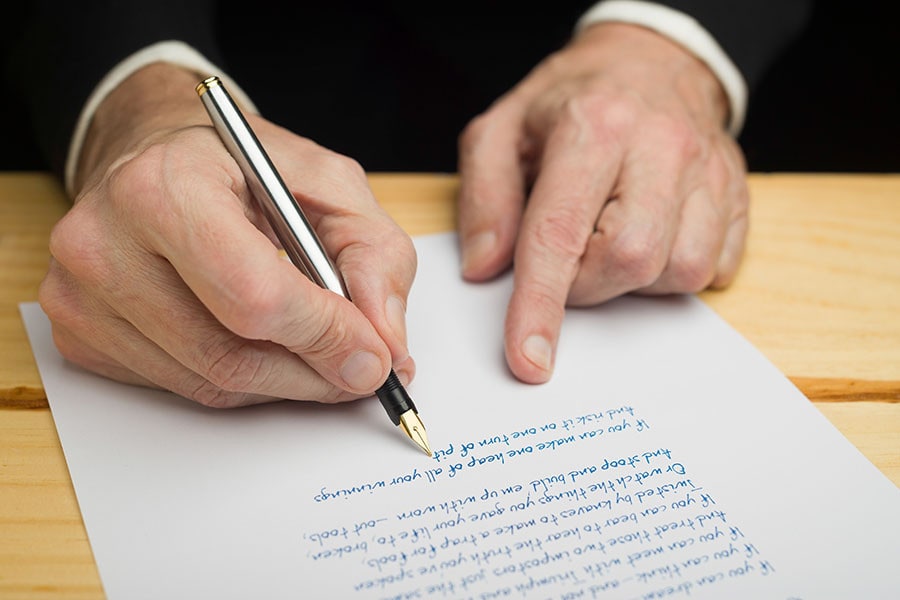
Handwriting still has a place in our connected world, now it's a trend on social media
Handwriting instruments are far from relics; on social networks, handwriting is in vogue, at least among a certain group of people embracing the "journaling" trend
 Although it has been proven that typing is far faster than handwriting, many fans of pen and paper are keeping the medium alive. Image: Shutterstock
Although it has been proven that typing is far faster than handwriting, many fans of pen and paper are keeping the medium alive. Image: Shutterstock
Nearly all signs seem to point to the near total domination of the computer keyboard in our ultra-connected societies, with the humble pencil remaining a staple just for young school pupils. However, handwriting instruments are far from relics; on social networks, handwriting is in vogue, at least among a certain group of people embracing the "journaling" trend. A look at our ambiguous relationship with the pen, on the occasion of World Handwriting Day.
Each year, January 23 is dedicated to celebrating handwriting. The mere existence of this theme day shows how much our relationship to writing has evolved over the centuries. But in fact the day was created at the behest of American professional association Writing Instrument Manufacturers way back in 1977, before personal computers arrived en masse in homes. The advent of the internet, however, has profoundly changed our relationship to writing, as evidenced by a 2014 survey commissioned by Docmail. It found that one in three Britons had not, at the time, written by hand in the previous six months, according to the Guardian. On average, respondents hadn't handwritten a document for 41 days.
However, it's likely that people actually write more than they think. But not necessarily in the "old-fashioned" way, i.e., with a pen on a sheet of paper. Letters have been replaced by text messages, which are faster and can be personalized thanks to emojis. The traditional shopping list is now written on the Notes application of the smartphone to avoid forgetting it on the kitchen table when going to the supermarket. Meeting minutes are written directly on Google Docs for efficiency (and productivity).
"We shouldn't cling to cursive"
Digital tools undoubtedly allow us to write texts so quickly that they have replaced paper and pen in many areas of our lives. Our relationship to how we write has evolved so much that the United States has even decided that cursive writing, that is linking the letters of a word together, is no longer a mandatory part of the "Common Core Curriculum Standards," the foundation shared by all states in the country. Since 2013, American students have been required to learn keyboarding and "script" (print) writing, but they are no longer required to learn the intricacies of "attached" writing.
When it was enacted, this reform caused significant controversy among those nostalgic for the pre-digital era who believe that the mission of the school is to maintain the handwritten tradition among younger generations. Others, on the contrary, welcomed this initiative as part of the zeitgeist. "States and schools shouldn’t cling to cursive based on the romantic idea that it’s a tradition, an art form or a basic skill whose disappearance would be a cultural tragedy. Of course, everyone needs to be able to write without computers, but longhand printing generally works fine," the Los Angeles Times said in an editorial at the time.







